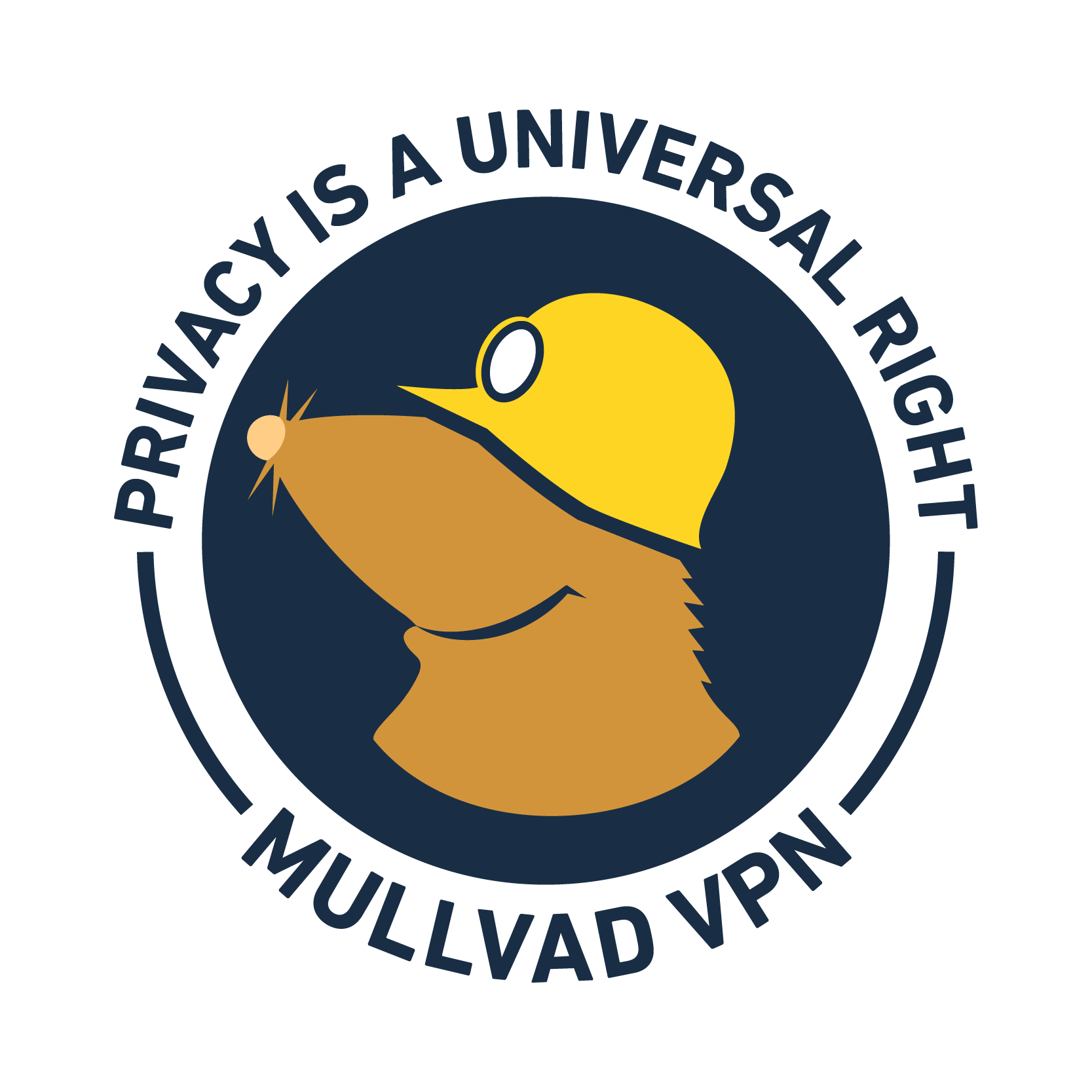- cross-posted to:
- hackernews@derp.foo
- privacy@lemmy.ml
- cross-posted to:
- hackernews@derp.foo
- privacy@lemmy.ml
cross-posted from: https://lemmy.blahaj.zone/post/2728889
From the article:
Since Tailscale was founded in 2019, customers have been forced to choose between either Tailscale or Mullvad without the ability for them to co-exist.
Today we announce a partnership with Tailscale that allows you to use both in conjunction through the Tailscale app. This functionality is not available through the Mullvad VPN app. This partnership allows customers of Tailscale to make use of our WireGuard VPN servers as “exit nodes”. This means that whilst connected to Tailscale, you can access your devices across Tailscale’s mesh network, whilst still connecting outbound through Mullvad VPN WireGuard servers in any location.Announcement also on Tailscale blog.



Why would you use a seedbox if you have a home server? The home server can be the seedbox. A lot of homelabbers would have a good enough connection for it.
Edit: Using a VPN with port forwarding, of course.
Generally when you download files over torrent through your ISP, you end up getting love letters from rightsholders. I personally use a homelab NAS as my seedbox and for my public tracker stuff (as well as anime downloads over XDCC) I use Mullvad. I don’t seed overly much on public trackers because of it, but my ratio on private trackers is sky high because ISPs won’t send love letters for private trackers.
For the record, I’m pretty sure using Mullvad for XDCC is super overkill, but I wanted to have an excuse to break out userspace wireguard in a project and writing it all in Go made it so damn easy: https://github.com/Xe/x/commit/3d0647e946014516df33de0b18d2a16eec835bed
That’s why you use a VPN that allows port forwarding.
It can still ruin your ping when downloading.
Not if you properly setup your limits… and symmetrical fiber has become much more common.